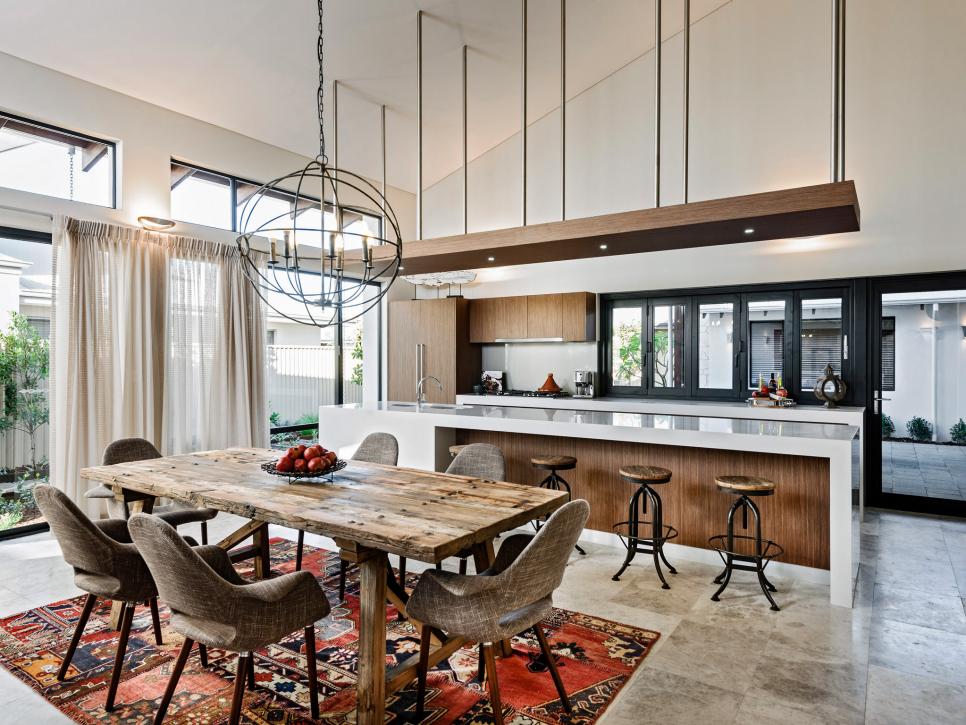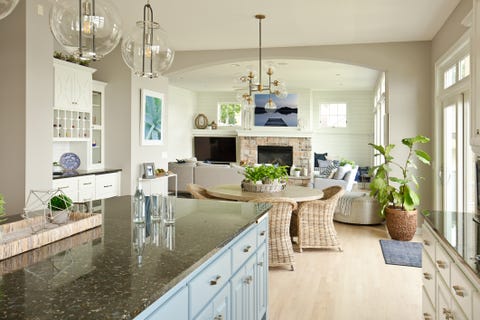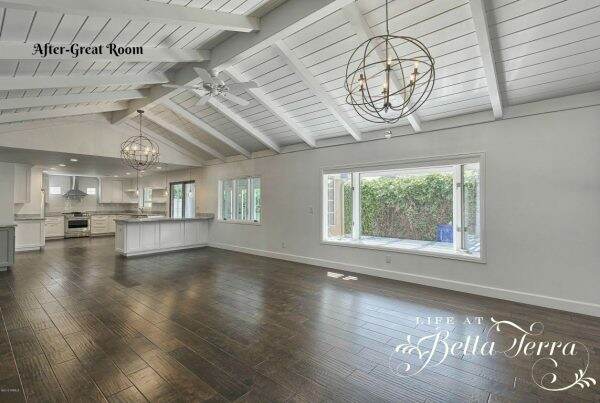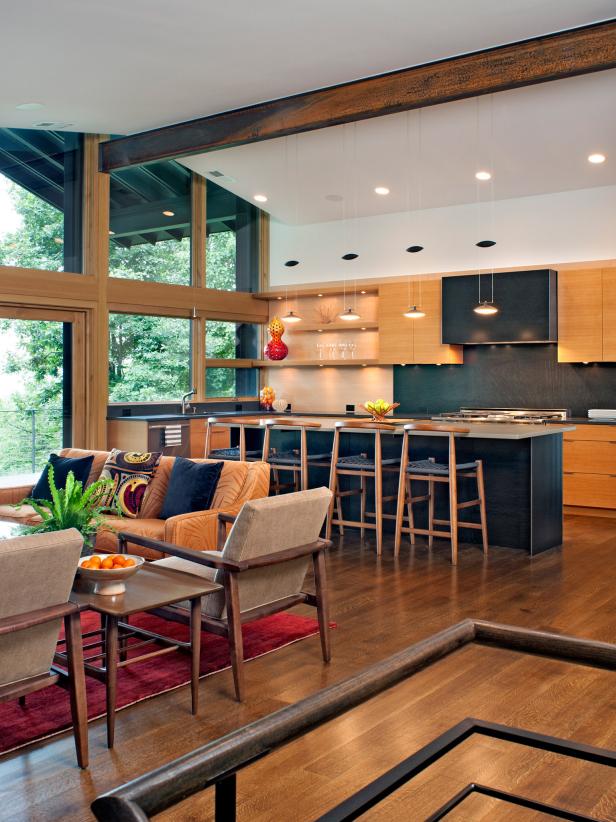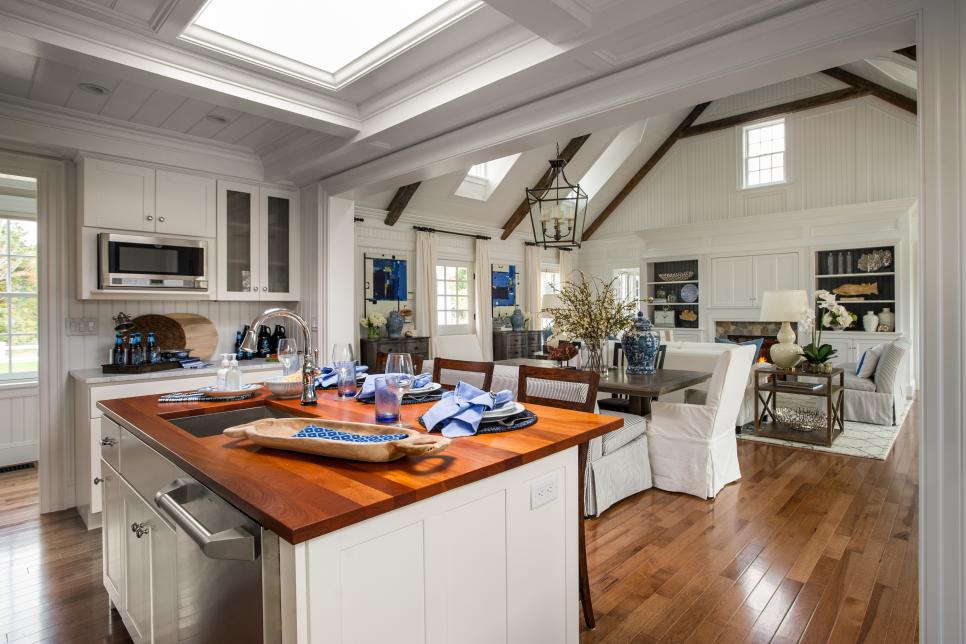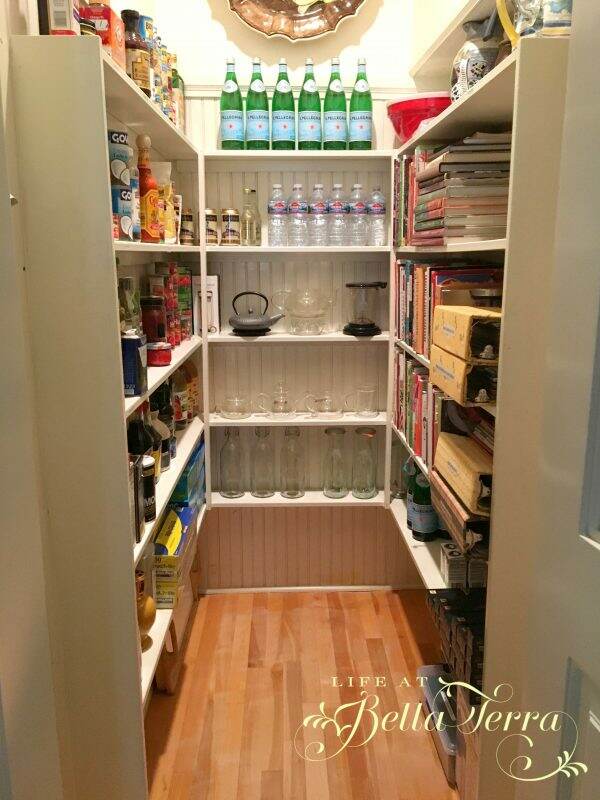The Restoration Chronicles~Chapter 3

So much has happened in the last month since I wrote Chapter 2 of the Restoration Chronicles. To see previous posts, click here for Chapter 1 and here for Chapter 2. On this Saturday morning, I hope you will enjoy the latest installment of the renovation journey of Bella Terra.
As you may recall, the addition of a new kitchen and back terrace, started the domino effect in the rest of the house. On Chapter 2 we left off with the new fireplace chimney being constructed with two fireplaces. Since we were adding the large outdoor terrace on the first floor, we expanded the much needed new master bath and bedroom on the 2nd floor.

The pool equipment was moved to a more discreet location. Really, who thought it was a good idea to put it poolside?
As you may recall from the last chapter, nearly all the windows in the house had to be replaced with brand new, custom-made Marvin windows. However, the windows in the family room were beautiful, hand-cranked ones with the original wavy glass. I made the nostalgic decision to keep them. As you can see from the photo below, some of the windows were cut to accommodate window air conditioning units. These had to be re-made.

Hindsight is always 20/20. In keeping the original single paned family room windows, the room is hotter in the summer and quite cold in the winter. A few years ago we installed exterior Sunbrella rolling shades which are controlled with a remote. What a significant difference especially in the summer when we can keep the direct sun off the windows.

Here you can see the progress in the first and story additions. The plaster and stucco work is so messy.

This is the south view. Originally the upstairs terrace was very large. We expanded the footprint of the second story to leave a partial terrace which resulted in a better flowing master suite. As a result, we had to build a new roof.


The upstairs terrace is still a good size. This is the view of both the master bedroom and office French doors. If you can believe it, originally there was no railing at all.

The expanded second story addition also includes the master bath and closet.

I probably should have taken my clothes line down for the picture! Notice that the pool fence is no longer there. We had built a very substantial wrought iron fence around the pool.
One day I found the children shimmying up the pillars and sitting on the top. They could easily scale the 6 foot barrier. They were monkeys, not children. Instead, we taught them, at a very early age, how to swim. Many years later, we took down the fence as our whole perimeter of our property is secured, which meets city code on pool safety.

In this photo you can see the laying of the Ludowici roof tiles and the preparation on the exterior walls for the stucco finish. In the background is the new 3 car garage and workshop. We also had to remove one large palm tree due to its proximity to the house.

The round window with the eyebrow is in the master shower. The rain chain slows down the water from the roof during torrential rains.

Here is a different angle of the new addition. We tried to make the new parts look like they have always been here~~using the same architectural details as the original house.

I really do use that clothesline often!

Life at this time was hectic with 2 children and being very pregnant. Naturally, we wanted to make everything as normal as possible for them. But they didn’t know that living in the middle of this massive construction site was a bit unusual. Home is all about loving where you are, not matter what.

I almost wish I had a huge project like this as a distraction right now. But we’re trying to stay positive while keeping everyone in our thoughts and prayers.































